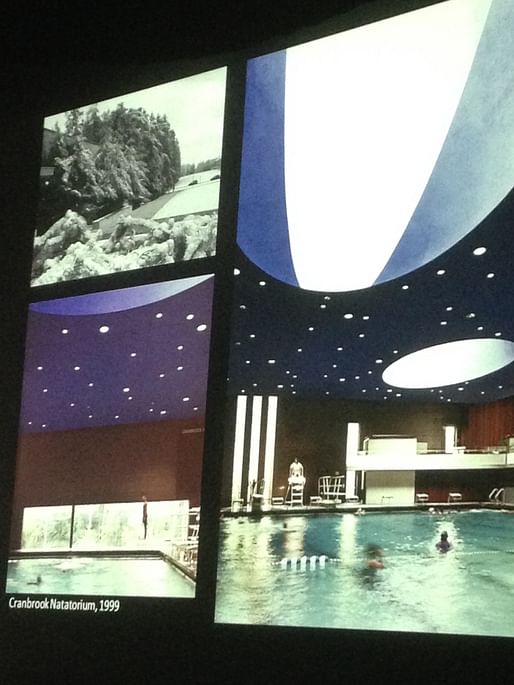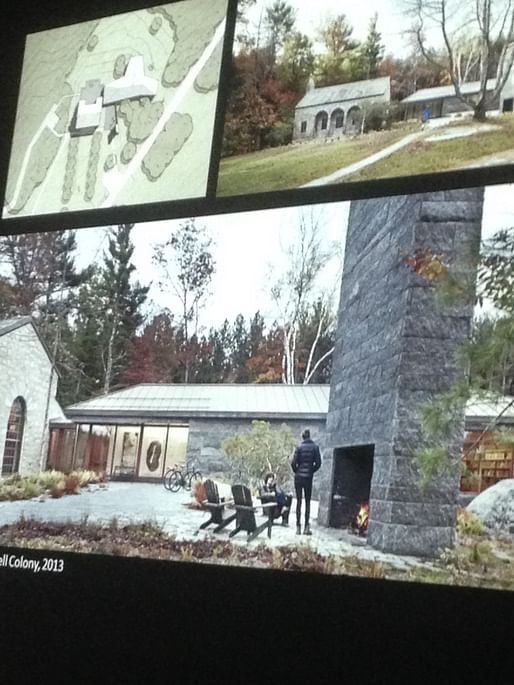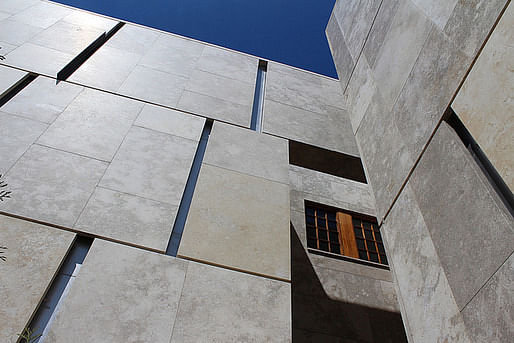
At their first lecture at SCI-Arc since 1987, Tod Williams and Billie Tsien charted a simple course. They set out to explain the principles that guide their practice’s approach, regardless of program or site of project, and how those principles have morphed over time and place. Outlined at the beginning of the lecture, those principles are: to be of use, to move slowly, to say no, to connect, and to make work that lasts. That last one stands out, regarding last year’s demolition of their American Folk Art Museum and their official response, but the project wasn't addressed in this lecture.


Generally, architecture lectures seem to tend towards the polemic – the firm fighting for a way to view the world and what should exist in it. This wasn’t the case for Williams and Tsien’s talk, which leaned more towards explaining their priorities as a firm investing in a site’s context – not by trying to blend in, but by integrating history and identity in the details. And in its 40+ year history, the practice behind those principles has morphed. Referring to their design process, Tsien said, “we thought we were always going to draw by hand. We don’t anymore.” The firm hadn't designed a free-standing structure until approximately fifteen years in, and at that point had to, in Williams’ words, “recognize increasingly that the most important surface we have is that of Mother Earth, as an intersection between sky and ground … You need to embed yourself in the ground and grow from the ground.”

Trading talking points, Tsien and Williams explained their slideshow of selected works in terms of context, the client’s concerns, and material detailing – from the scent of pine piped into Cranbrook’s Natatorium from the outside, to the public access nodes throughout the LeFrak Center’s ice skating rink, to the aging process of the Israeli stone used for the Barnes Foundation museum. Their projects strive to carry a consistent sensitivity to time and place, regardless of where they lay in the world, lending their work a natural yet affecting presence. In Tsien’s words, they’re “trying to be quiet but at the same time provide a sense of amazement”.

No Comments
Block this user
Are you sure you want to block this user and hide all related comments throughout the site?
Archinect
This is your first comment on Archinect. Your comment will be visible once approved.